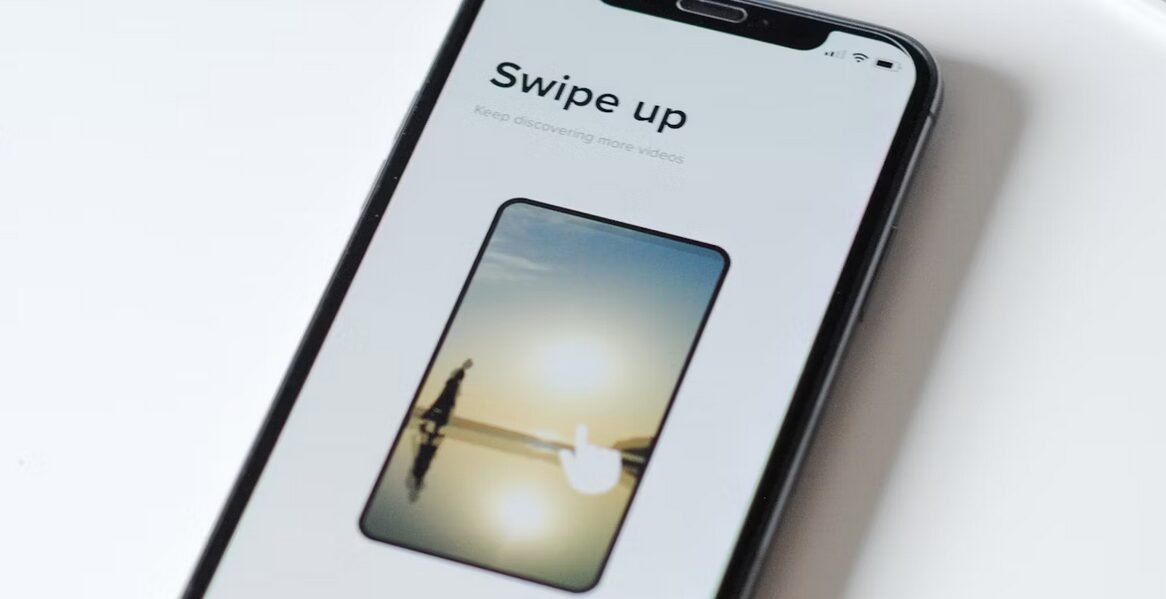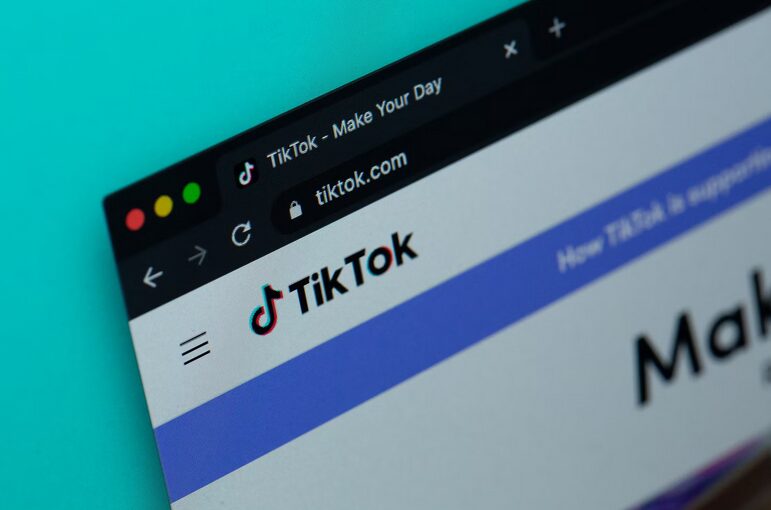TikTok has taken the world by storm, captivating millions with its short, snappy videos. But what makes a video go viral on this platform? The answer lies in the powerful engine behind it all: machine learning. This sophisticated technology drives TikTok’s algorithm, determining which content appears on your feed and why certain clips explode in popularity overnight.
Think about it—every time you scroll through your For You Page (FYP), you’re experiencing a carefully curated selection of videos tailored just for you. How does TikTok know what will make you laugh or inspire you to try that dance challenge? It’s all thanks to complex data analysis and user behavior insights powered by machine learning. And if you want to give your content a visibility boost while navigating this algorithm, check out the best sites to buy TikTok followers to help jumpstart your growth. Let’s dive deeper into how these technologies work together to create trends and keep us glued to our screens.
User Interaction Analysis
User interaction analysis is at the heart of TikTok’s success. Every tap, swipe and comment you make feeds into a vast network of data points. The algorithm closely monitors how long you watch a video before scrolling away. If you’re captivated by a particular post, that signals to TikTok that it should show you more similar content. This behavior creates a feedback loop that enhances user engagement. Likes and shares also play crucial roles in this analysis. When users engage with a video, it’s not just about immediate gratification; it’s about what sparks interest within the community.
Sentiment Analysis

Sentiment analysis plays a crucial role in TikTok’s viral algorithm. It examines user comments, captions, and even video content to gauge emotional responses. By understanding how viewers feel about different videos, the platform tailors recommendations to individual users. The algorithm can detect positive or negative sentiments swiftly. A flood of enthusiastic comments on a dance challenge might prompt the app to promote that video further. Conversely, if users express dissatisfaction with certain trends, those clips may get buried. This analysis extends beyond mere words; it also assesses tone and context.
Trend Identification
Trend identification is at the heart of TikTok’s magic. The platform thrives on its ability to spot what’s hot and what’s not in real-time. Machine learning algorithms diligently sift through massive amounts of video data, user interactions, and popularity spikes. By analyzing patterns, these algorithms can detect emerging trends before they go mainstream. Think about how quickly a dance challenge or meme spreads across the app. This isn’t random; it’s carefully curated by advanced technology that learns from user behavior daily. The beauty lies in the system’s adaptability.
Content Recommendation

Content recommendation is at the heart of TikTok’s engaging experience. The platform leverages machine learning to analyze user preferences and behaviors, creating a personalized feed that keeps viewers hooked. Every swipe, like, and comment feeds into a complex algorithm. It learns what users enjoy through their interactions with various content types. This means if you linger on dance videos or comedy skits, your For You Page will fill up with similar clips. The magic lies in how quickly this system adapts. Unlike traditional platforms that may take time to update recommendations, TikTok’s algorithm can adjust almost instantly based on real-time data.
The integration of machine learning into TikTok’s viral algorithm is a game-changer. It transforms user experience by presenting content that resonates on a personal level. Every swipe, like, and comment feeds back into the system, allowing it to learn what users prefer. As TikTok continues to innovate its use of machine learning, one thing remains clear: the future will be driven by data-informed decisions tailored to individual experiences. Users can expect an ever-more engaging environment where creativity thrives alongside technology’s capabilities. The dynamics of social media are changing fast—embracing these advancements may just redefine how we share and consume content altogether.

Comments are closed.